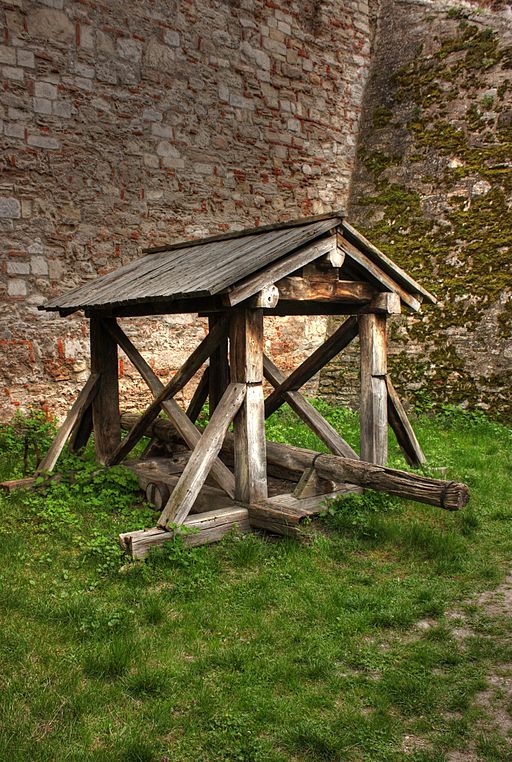3 Powerful Medieval Siege Weapons of the Past
Medieval siege weapons are inventions that were made for medieval war, so the attackers can find a way to siege castles and fortified cities without losing too many soldiers. This allowed defenders to quickly use siege weapons to destroy the enemy’s army and capture their siege weapons before they can destroy the defenses and breach the city or castle.
The Battering Ram
The battering ram is one of the first siege weapons to ever be developed in antiquity. Consisting, essentially a massive piece of wood, they were used to literally to smash open gates of cities and castles . The battering ram in their simplest form, would consist of a large, heavy log (often with a metal cap) carried by a few brave souls to attack the wall or gate with blunt force repeatedly, but this would leave the soldiers carrying the battering ram vulnerable to arrows and other attacks, so to get around this problem they added a roof or another form of protection and with this form of protection they have to swing the battering ram back and forth.
The Siege Tower
The siege tower was a siege weapon that looked and operated exactly as it name suggests. A siege towers design allowed troops and ladders close to the walls of a fortification whilst being protected from an enemies arrows, crossbow bolts, and other projectiles. Once siege towers are in place it drops a ramp or a gangplank allowing the besiegers to siege the fortification . Inside the siege tower would be fitted with a series of platforms or ladder rising up the structure. A siege tower has many platforms and typically the top platform has archers or crossbow men that stood on the top platform and fired at the defenders as the tower got closer to the wall. Siege towers were generally constructed at the location of the attack and sometimes were built to contain a internal battering rams, and thanks to their enormous size and weight, siege towers were also very slow and was a target of garrison artillery fire. Siege towers were also weak or vulnerable to earthworks such as ditches and would need teams of men to prepare the way by filling the ditches.
Trebuchet
A trebuchet was a simple, but effective siege weapon that could launch projectiles (like rocks) of greater weight at further distances. There were a few different types of trebuchets but they generally used similar methods of operation. For instance the traction trebuchet (sometimes also called the mangonel) was operated by using manpower to swing the arm of the device and launch the projectile. The counterweight trebuchet was one of other types of trebuchet and this trebuchet used a heavy weight and gravity to swing the arm and launch the projectile.
Related stories:
https://interestingengineering.com/innovation/7-common-but-lesser-known-siege-weapons-from-antiquity
https://www.thecollector.com/siege-warfare-powerful-medieval-weapons/
https://www.historycrunch.com/medieval-siege-weapons.html#/
https://www.historyhit.com/deadly-medieval-siege-weapons/
Take action:
Website:
Medieval Life and Occupations
Book:
The Time Traveler’s Guide to Medieval England: A Handbook for Visitors to the Fourteenth Century
by Ian Mortimer
Build a Medieval Weapon:
https://www.instructables.com/Medieval-Homemade-Weapon/















